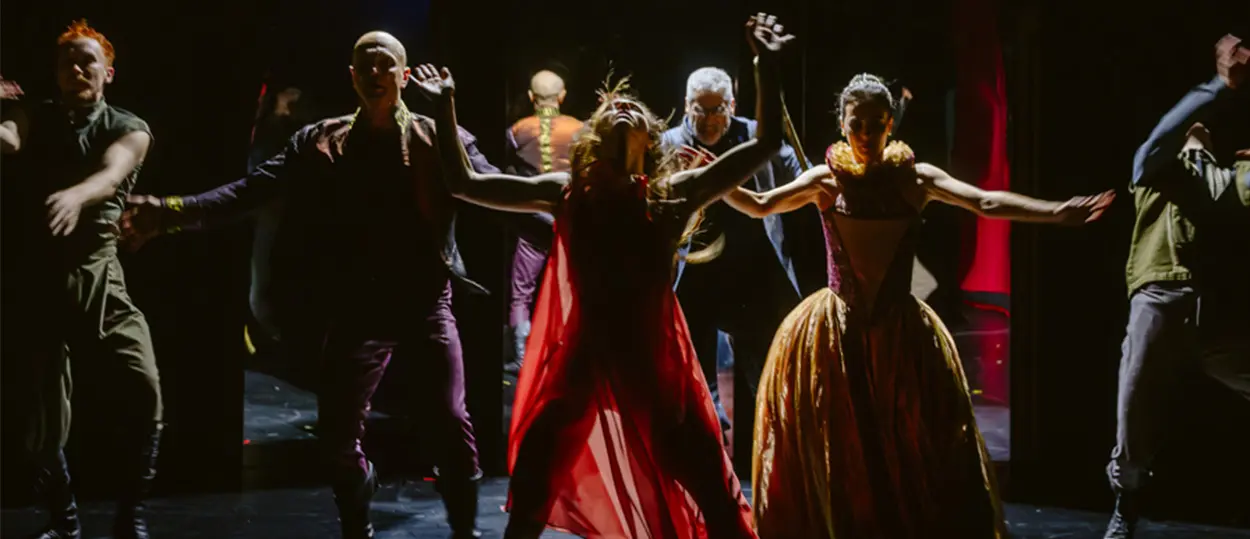Hamlet: Dancing a Classical Work in a Modern Way
After having teamed up for the first time in 2018, dancer Guillaume Côté and stage director Robert Lepage are once again joining forces to present a new version of Hamlet. This Shakespearean tragedy, brought to life solely through a blend of various dance styles, features nine performers.
An interview with Robert Lepage and Guillaume Côté.

While their first collaboration was with The National Ballet of Canada, Hamlet is more of a co-creation of the two artists’ companies, Côté Danse and Ex Machina. “We don’t have the same means, but we work with a freedom that you don’t necessarily have in a large institution,” emphasizes Robert Lepage. “We make the rules.”
Guillaume Côté dreamed of working with the world-renowned director, but he above all wanted to be involved more as a dancer, not just with the choreography. “I’ve always wanted to play Hamlet, because he’s a profound figure who allows you a lot as a performer,” says the man who is slipping into the role of the Shakespearean hero.
While there have already been stagings of the tragedy that incorporated movement, the show designed by Guillaume Côté and Robert Lepage puts the focus on dance, without words. “In the previous versions I’ve seen, there were certain sections of the piece that were danced, but those weren’t adaptations in which the character was really developed as a whole,” says the choreographer.
Dancing Hamlet
Robert Lepage is accustomed to staging Shakespeare’s plays for the theatre. But this time, he took the gamble of adapting the tragedy of Hamlet to dance. “The challenge is to transpose a great story to the world of movement,” he emphasizes. “With Guillaume Côté, we really took the time to review the dramaturgy, and we are very proud of the result.”
The piece is a blend of styles, with performers from the worlds of classical ballet, contemporary dance, and street dance. “There’s a kind of community that you usually find in theatre, not in a dance company,” observes the director. The variety of styles permitted him to cast the roles according to the dancers’ specific strengths, allowing the characters to express different things, he adds. “How do you do To be or not to be by dancing? From the moment you take away the words, what’s left?” asks Robert Lepage. “You see that it’s a masterpiece of literature with all the dramaturgical structure and all the action evoked within it.”
In this new adaptation, the tragic story of Hamlet and its narrative use choreography and movement as a starting point. “Maybe when people see the show, they won’t understand exactly what it means. However, they’ll get a beautiful visceral feeling. There’s something physical that emanates from the entire text,” says Guillaume Côté.
A tandem with complementary assets
The strength of the Côté-Lepage duo’s collaboration lies in their communication and complementarity, believes the dancer and choreographer. “In classical dance, when you try to develop mime and provide physical and abstract proposals, you sometimes lack direction,” he says. “But with Robert Lepage’s expertise, we could really come up with ideas together to conceive of a new style of movement, a new way to modernize classicism.”
This adaptation of Hamlet is intended to be both “extremely contemporary and original” while retaining something very classical, adds Robert Lepage. “When the performers do street dance, they do it with classical lines,” he says.
“People familiar with the work will recognize it. Others will discover it. Above all, there are many people who know it, but don’t understand it. They’ll feel like they understand it when they see our show, where no one speaks,” promises the stage director. “People who like contemporary dance, theatre, and classical dance can connect with this Hamlet,” concludes Guillaume Côté.
The piece will be presented by Danse Danse, a presenter associated with Place des Arts, from February 13 to 22 in Théâtre Maisonneuve.
-
Contemporary Ballet • theatre
Ex Machina + Côté Danse | Hamlet, Prince of Denmark
May 13 to 17, 20266 performancesSalle Ludger-DuvernayAn artistic summit inspired by Hamlet, between choreographer and principal dancer Guillaume Côté and theatre maker and director Robert Lepage. An exceptional evening!
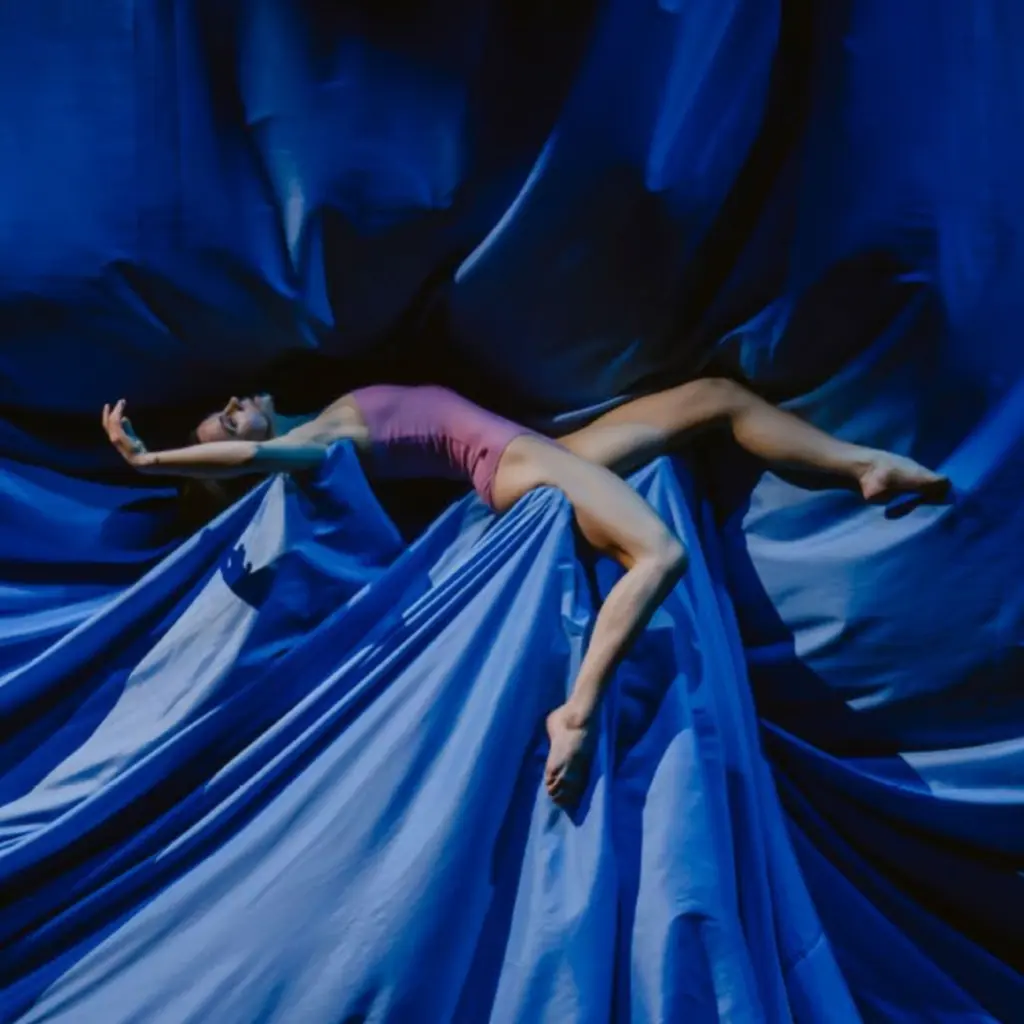
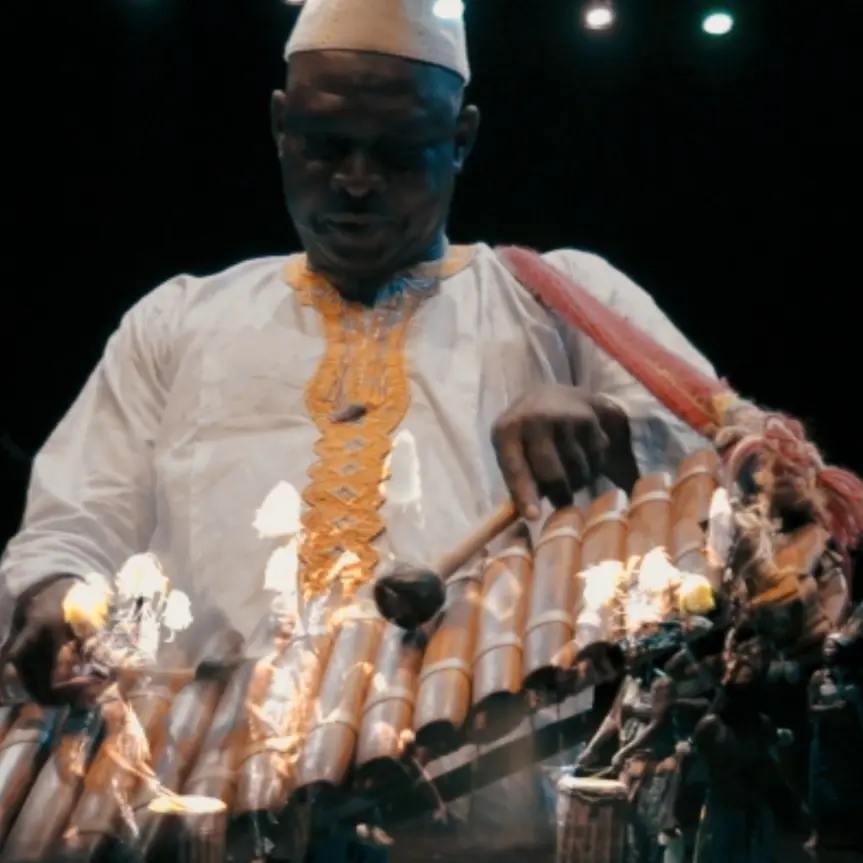
Les Ballets Africains: A Longtime Love Affair with Montreal
Les Ballets Africains is making a spectacular return to Montreal. Founded in 1952, the company come back with a performance presented as part of Arts Monde serie, in collaboration with Nuits d’Afrique, which is celebrating its 40th anniversary.
Article Interviews Show
Yvon Deschamps : une vie portée par la scène
Comedian Yvon Deschamps has performed over 500 shows at Théâtre Maisonneuve at Place des Arts in Montreal.
Vidéo Interviews Artist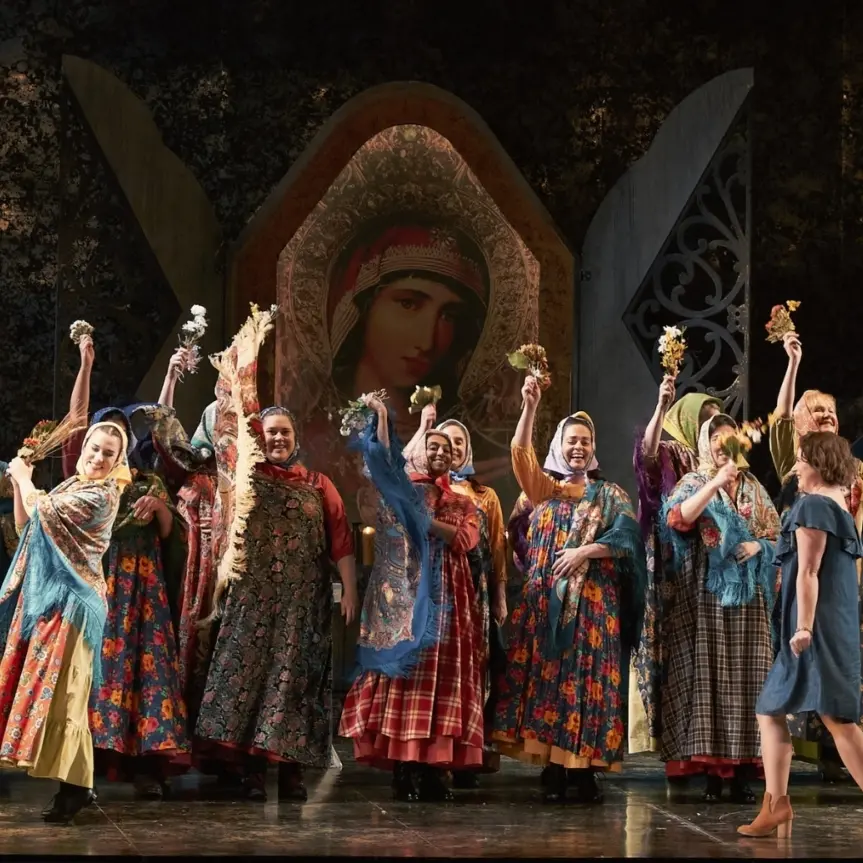
Jenůfa: Atom Egoyan reinvents Janáček’s opera
Article Interviews Show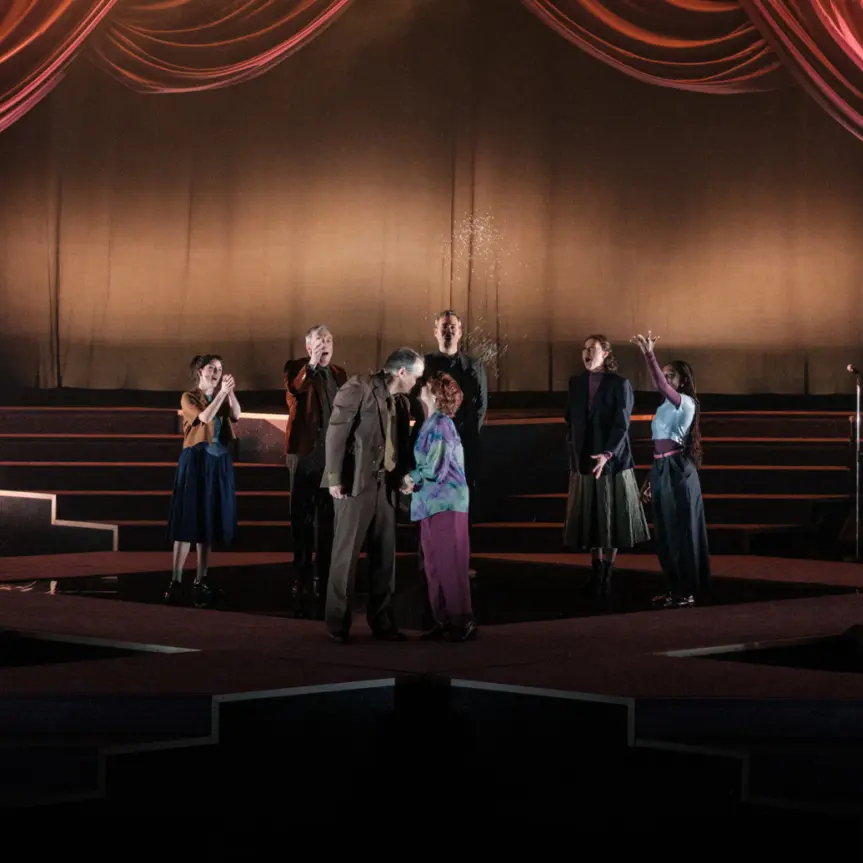
November at Place des Arts: Highly Anticipated Returns
November is shaping up to be a busy month at Place des Arts! Big names and must-see shows are back to set our stages ablaze. If you’re looking for an antidote to the seasonal blues, here it is a richly diverse program to bring you a ray of sunshine!
Article Recommendations Show
Paul Piché, song by song: Sur le chemin des incendies still blazingly relevant
Ce n’est pourtant pas par effet de mode que Paul Piché a décidé de revisiter Sur le chemin des incendies; c’est plutôt grâce au succès inattendu d’une première mouture virtuelle durant la pandémie, suivie d’une tournée fort bien accueillie par le public.
Article Interviews Show

